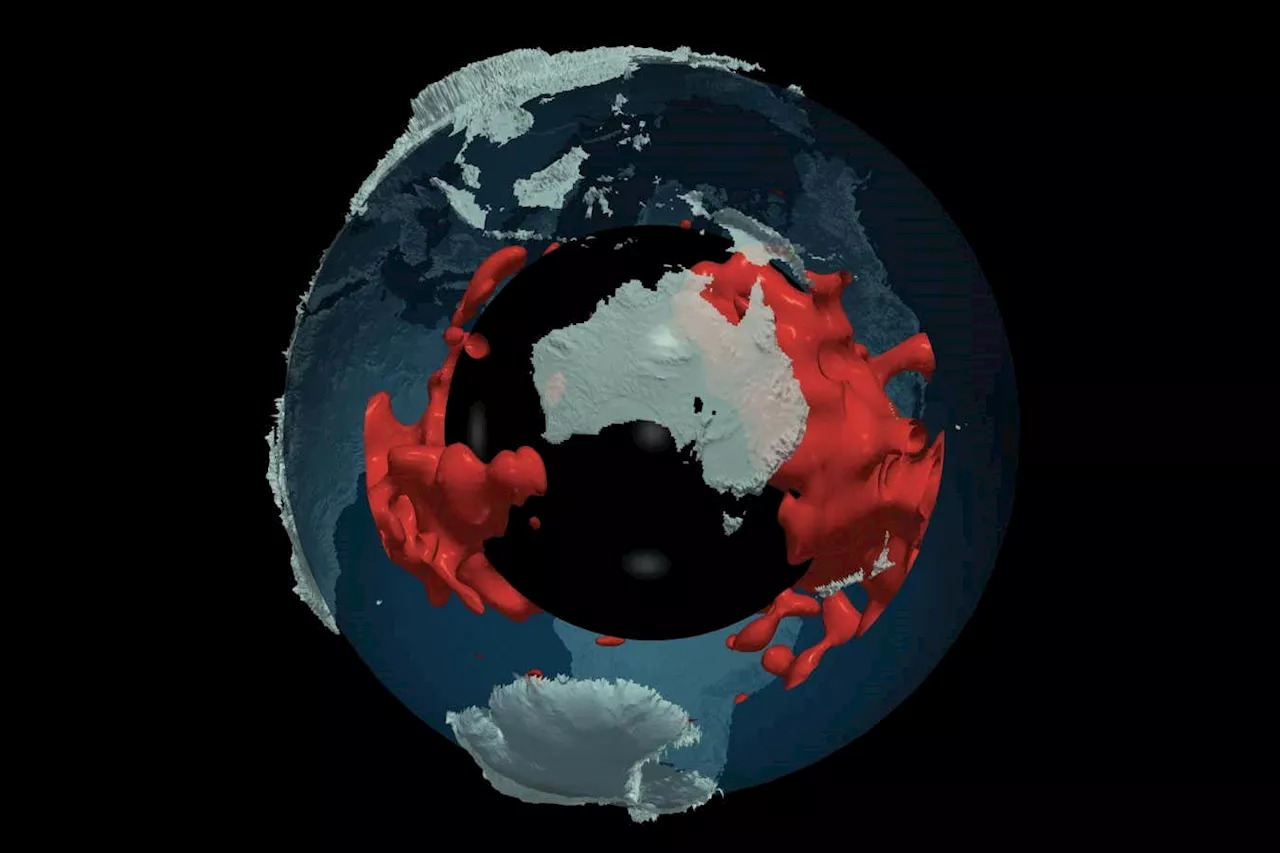Analysis of seismic waves reveals two massive, stable structures deep within Earth, potentially billions of years old. These large low-shear-velocity provinces (LLSVPs) located beneath the Pacific and Africa have remained unchanged despite the planet's churning interior, suggesting they are composed of large, heat-resistant crystals. The stability and potential age of these structures offer insights into Earth's early composition and formation.
Two huge masses deep within Earth may have remained stable for billions of years, surviving the powerful churn of the interior, according to an analysis of seismic waves ringing throughout the planet.
Because seismic waves pass more slowly through these objects, they are called “large low-shear-velocity provinces”, or LLSVPs. But not much else about their composition or origin is known.
EARTH SCIENCE GEOPHYSICS MINERALOGY PLANETARY SCIENCE EVOLUTION
United States Latest News, United States Headlines
Similar News:You can also read news stories similar to this one that we have collected from other news sources.
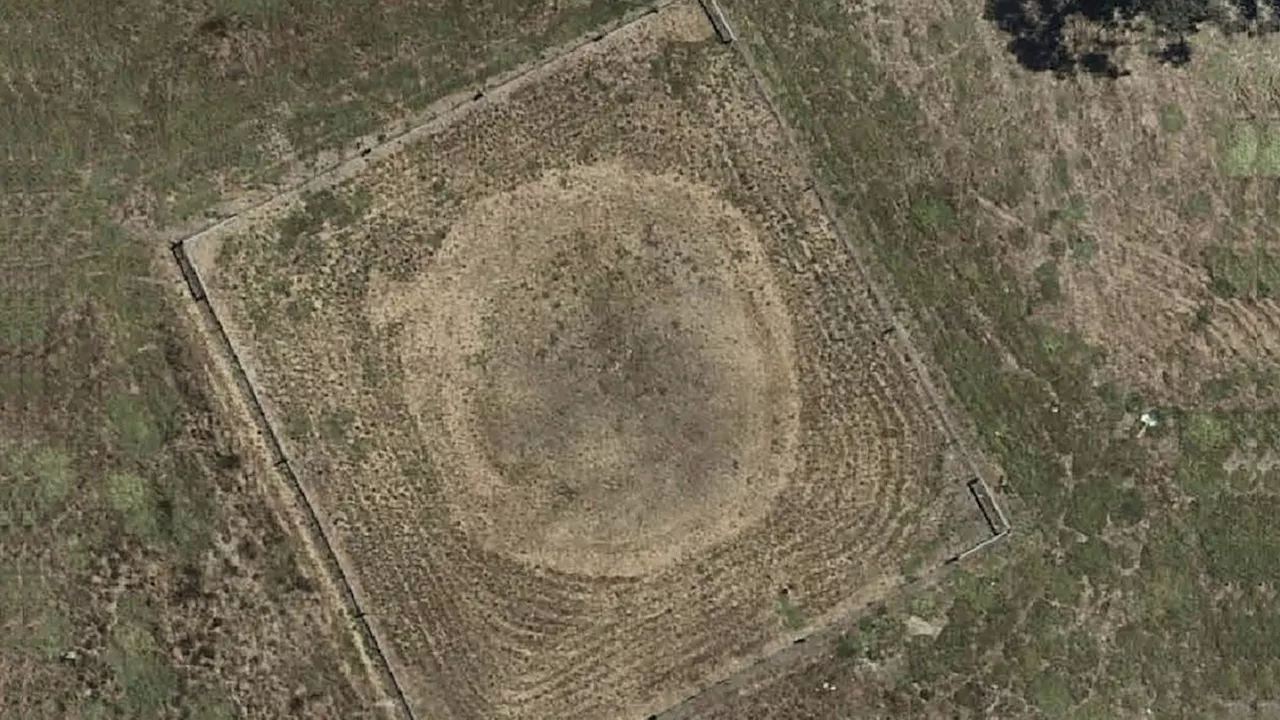 Ancient Earth Rings in Australia Reveal Secrets of Aboriginal CultureA new study combines archaeological excavations and traditional knowledge to shed light on the meaning and purpose of earth rings in Wurundjeri Woi-wurrung Country near Melbourne, Australia.
Ancient Earth Rings in Australia Reveal Secrets of Aboriginal CultureA new study combines archaeological excavations and traditional knowledge to shed light on the meaning and purpose of earth rings in Wurundjeri Woi-wurrung Country near Melbourne, Australia.
Read more »
Canada Rare Earth Secures 70% Stake in Laos Rare Earth RefineryCanada Rare Earth announced it has signed a Memorandum of Understanding with a Laotian company to purchase 70% of a fully permitted rare earth refinery. The refinery, with a capacity of 3,000 tonnes per year, was built 12 years ago but has remained idle due to policy changes. The Lao government is now supporting the refinery's operation and encouraging in-country processing of rare earth concentrates. The refinery is expected to be operational in Q4 2025 after minor refurbishments.
Read more »
 Canada Rare Earth to Acquire 70% Stake in Laos Rare Earth RefineryCanada Rare Earth (TSX.V: LL) has signed a memorandum of understanding to purchase 70% of a fully permitted rare earth refinery in Laos. The refinery, with a production capacity of 3,000 tonnes per year, is expected to be operational by Q4 2025 after modest refurbishments. The company aims to secure offtake agreements and investment to support the refinery's operation and ensure a stable supply of key rare earth oxides.
Canada Rare Earth to Acquire 70% Stake in Laos Rare Earth RefineryCanada Rare Earth (TSX.V: LL) has signed a memorandum of understanding to purchase 70% of a fully permitted rare earth refinery in Laos. The refinery, with a production capacity of 3,000 tonnes per year, is expected to be operational by Q4 2025 after modest refurbishments. The company aims to secure offtake agreements and investment to support the refinery's operation and ensure a stable supply of key rare earth oxides.
Read more »
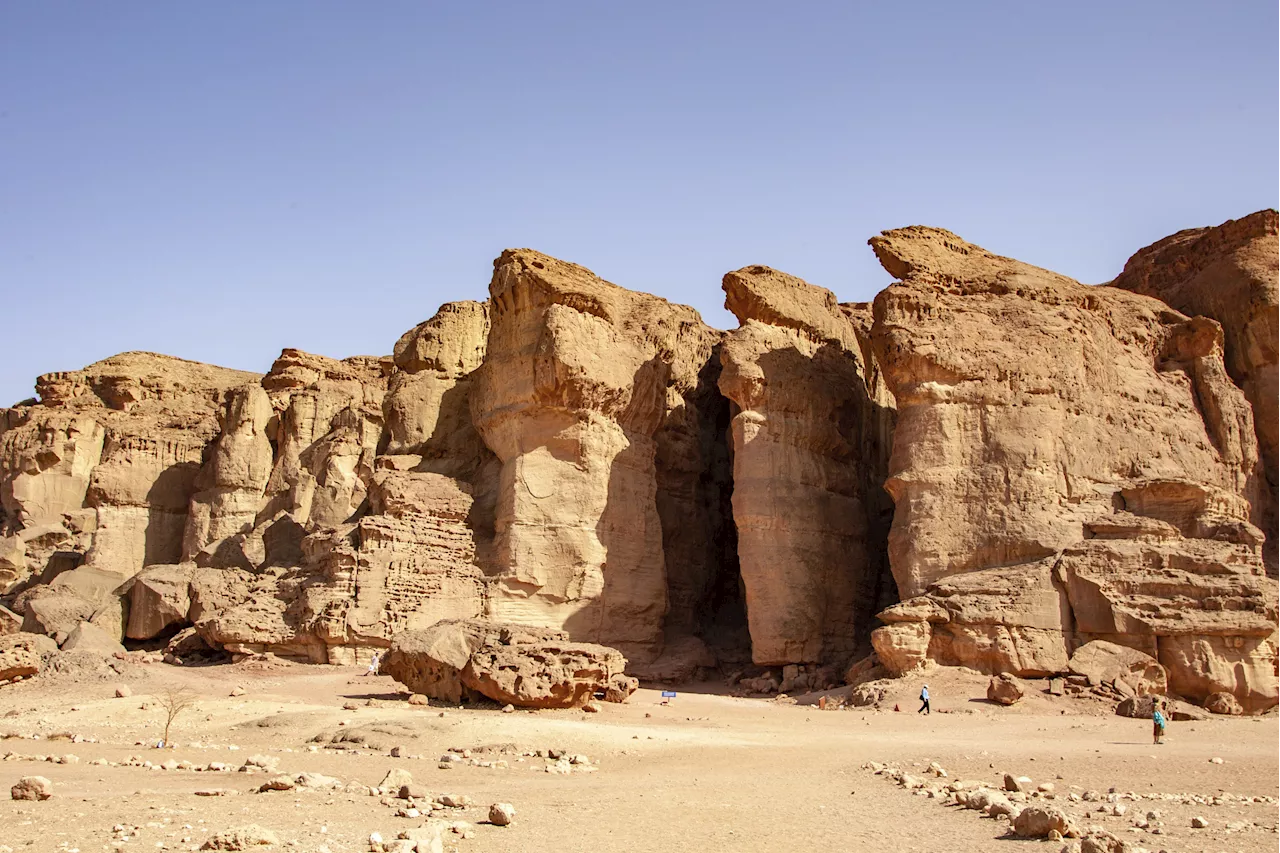 King Solomon's Mines: Ancient Copper Production May Not Have Harmed WorkersA new study challenges the long-held belief that ancient copper smelting practices were harmful to workers and the environment. Analysis of two copper production sites in Israel's Timna Valley, one dating back to King Solomon's era, revealed that pollution levels were extremely low and concentrated only around smelting furnaces.
King Solomon's Mines: Ancient Copper Production May Not Have Harmed WorkersA new study challenges the long-held belief that ancient copper smelting practices were harmful to workers and the environment. Analysis of two copper production sites in Israel's Timna Valley, one dating back to King Solomon's era, revealed that pollution levels were extremely low and concentrated only around smelting furnaces.
Read more »
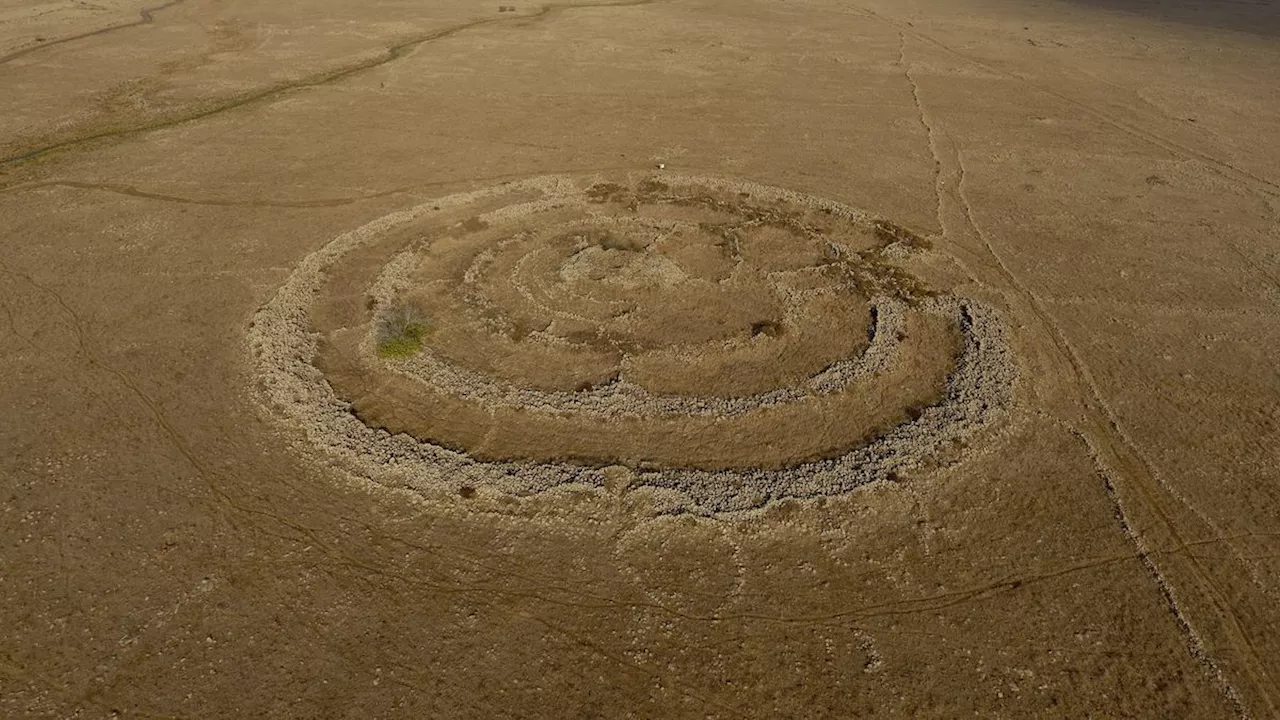 Ancient 'Stonehenge' in Golan Heights may not be astronomical observatory after all, archaeologists sayTom Metcalfe is a freelance journalist and regular Live Science contributor who is based in London in the United Kingdom. Tom writes mainly about science, space, archaeology, the Earth and the oceans. He has also written for the BBC, NBC News, National Geographic, Scientific American, Air & Space, and many others.
Ancient 'Stonehenge' in Golan Heights may not be astronomical observatory after all, archaeologists sayTom Metcalfe is a freelance journalist and regular Live Science contributor who is based in London in the United Kingdom. Tom writes mainly about science, space, archaeology, the Earth and the oceans. He has also written for the BBC, NBC News, National Geographic, Scientific American, Air & Space, and many others.
Read more »
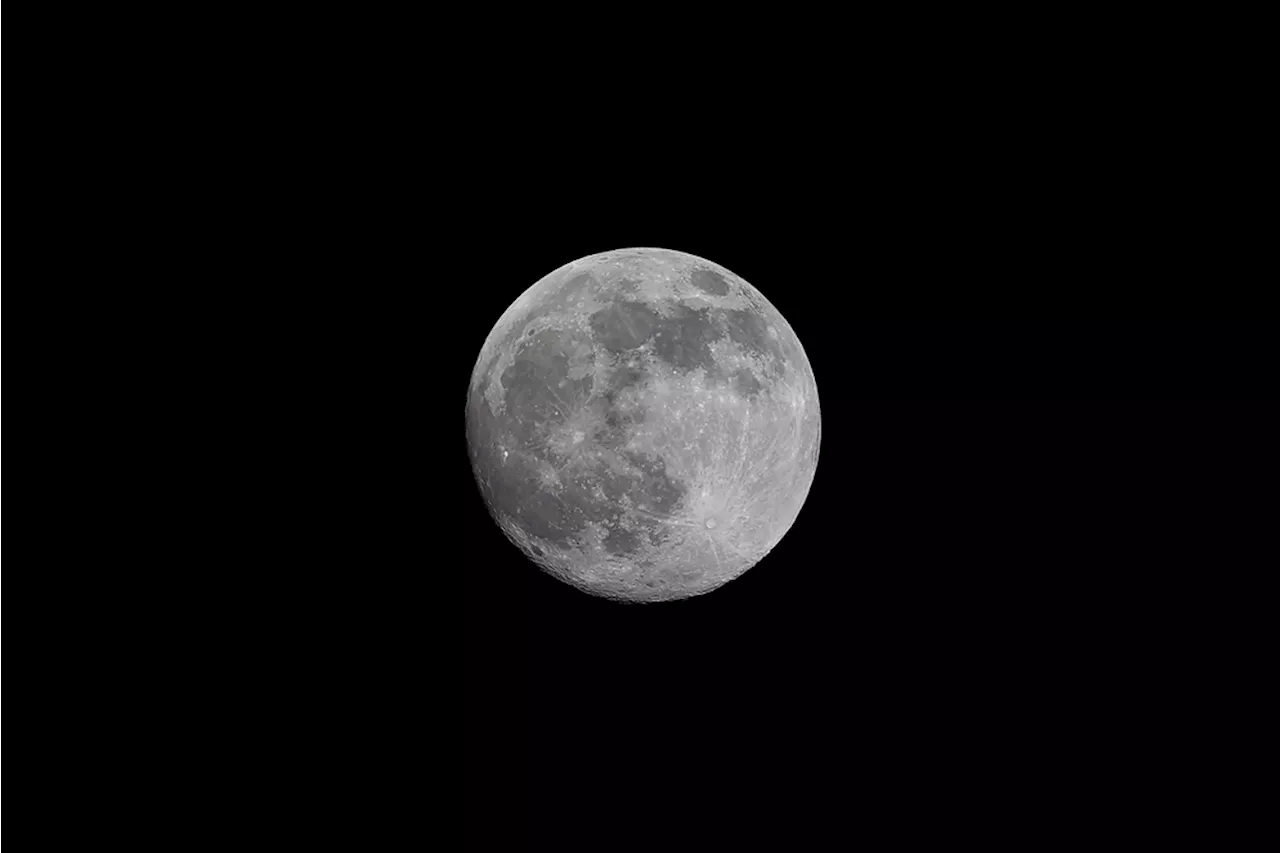 Moon's Water Origin May Be Linked to Earth and CometsScientists have made progress in understanding the origin of water on the moon, suggesting it likely originated from a combination of sources including Earth's formation and later contributions from comets.
Moon's Water Origin May Be Linked to Earth and CometsScientists have made progress in understanding the origin of water on the moon, suggesting it likely originated from a combination of sources including Earth's formation and later contributions from comets.
Read more »
